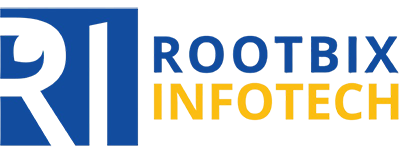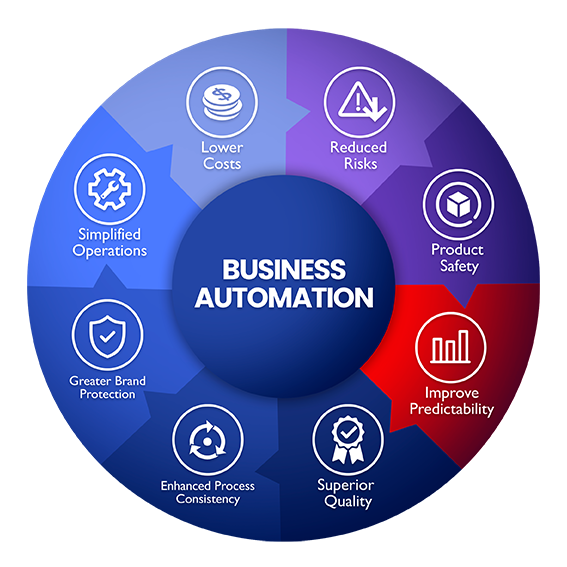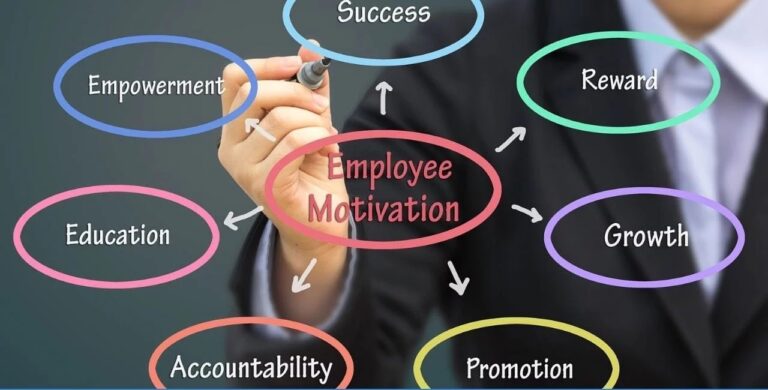How to Develop Capabilities Within Your Internal Team

How to Develop Capabilities Within Your Internal Team
By Naushaba Parveen, Business Operation-Professional Rootbix Infotech
Email: naushaba@rootbix.com
In today’s competitive landscape, an organization’s ability to adapt and thrive often hinges on the skills and expertise of its internal team. While hiring external talent can address immediate needs, developing capabilities within your current workforce is a sustainable and cost-effective strategy that fosters loyalty, innovation, and long-term growth.
Here’s a guide to building your team’s potential and creating a culture of continuous improvement.
- Assess Current Skills and Identify Gaps
Before you can enhance your team’s capabilities, you need to understand where they stand.
- Conduct skill assessments to evaluate current competencies.
- Use feedback from managers and team members to identify areas for improvement.
- Map out future organizational needs and compare them with existing capabilities.
This analysis will provide a clear picture of what to focus on.
- Foster a Culture of Continuous Learning
Encourage employees to see learning as an ongoing journey, not a one-time activity.
- Promote learning initiatives such as workshops, certifications, and seminars.
- Create a safe environment where employees feel comfortable asking questions and seeking help.
- Celebrate learning milestones to keep the team motivated.
When learning becomes part of the culture, growth follows naturally.
- Leverage Internal Mentorship
Your existing team is often the best resource for development.
- Pair experienced employees with newer or less-skilled team members through mentorship programs.
- Encourage knowledge sharing sessions where employees present their expertise.
- Use job shadowing to give team members insights into different roles and responsibilities.
Mentorship not only builds skills but also strengthens relationships within the team.
- Invest in Customized Training Programs
Generic training programs may not always address your team’s specific needs.
- Design tailored training modules based on the skill gaps identified.
- Use a mix of online courses, in-person workshops, and hands-on training for maximum impact.
- Partner with industry experts or learning platforms for specialized knowledge.
Customized training ensures your team acquires the exact skills needed to excel.
- Rotate Roles and Responsibilities
Job rotation is an effective way to broaden skill sets and build versatility.
- Allow team members to explore different roles or departments.
- Encourage them to take on stretch assignments that challenge their abilities.
- Provide cross-functional projects that promote collaboration and broaden perspectives.
Role rotation helps employees discover hidden talents and strengthens their problem-solving abilities.
- Encourage Ownership and Innovation
When employees feel empowered, they are more likely to push their limits.
- Involve them in decision-making processes to develop critical thinking and leadership skills.
- Assign ownership of projects or initiatives to build accountability.
- Create platforms where employees can share innovative ideas and implement them.
Encouraging ownership not only develops capabilities but also enhances engagement.
- Provide Constructive Feedback and Coaching
Feedback is a powerful tool for growth when delivered effectively.
- Offer regular, constructive feedback that focuses on improvement rather than criticism.
- Use coaching techniques to help employees overcome challenges and set achievable goals.
- Celebrate small wins to boost confidence and morale.
Continuous feedback helps employees refine their skills and stay on track.
- Recognize and Reward Growth
Acknowledging progress motivates employees to keep learning and growing.
- Recognize skill development through certificates, promotions, or public appreciation.
- Offer tangible rewards like bonuses or increased responsibilities for exceptional growth.
- Highlight success stories to inspire the rest of the team.
Recognition reinforces the value of capability development.
- Leverage Technology for Upskilling
Technology can significantly enhance learning opportunities.
- Use learning management systems (LMS) to deliver and track training programs.
- Incorporate AI-driven tools to personalize learning paths.
- Offer access to online platforms like LinkedIn Learning, Coursera, or Udemy.
Technology enables flexible and scalable learning for your team.
- Align Development with Organizational Goals
To maximize impact, ensure your team’s growth aligns with the company’s objectives.
- Link training programs to strategic goals such as entering new markets or adopting new technologies.
- Create a roadmap for capability building that matches business milestones.
- Involve leadership in defining and supporting development initiatives.
When team development supports organizational goals, it creates a win-win scenario.
Conclusion
Developing capabilities within your internal team is a strategic investment that pays off in enhanced performance, employee satisfaction, and organizational success. By fostering a culture of learning, providing tailored training, and recognizing growth, you can empower your team to achieve its full potential.
At Rootbix Infotech, we specialize in nurturing talent and creating high-performing teams. For tailored solutions to build your team’s capabilities, feel free to reach out to me at naushaba@rootbix.com.






